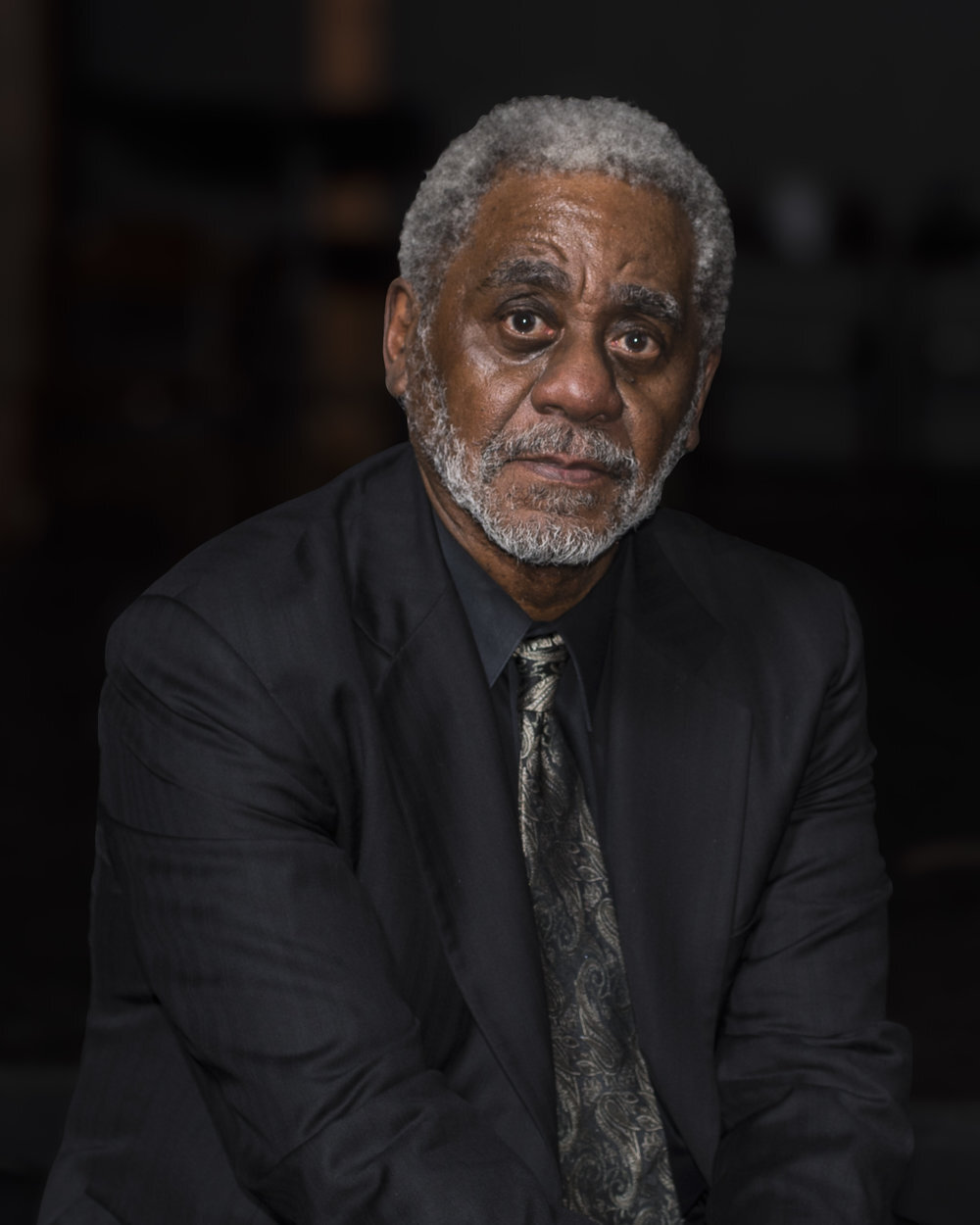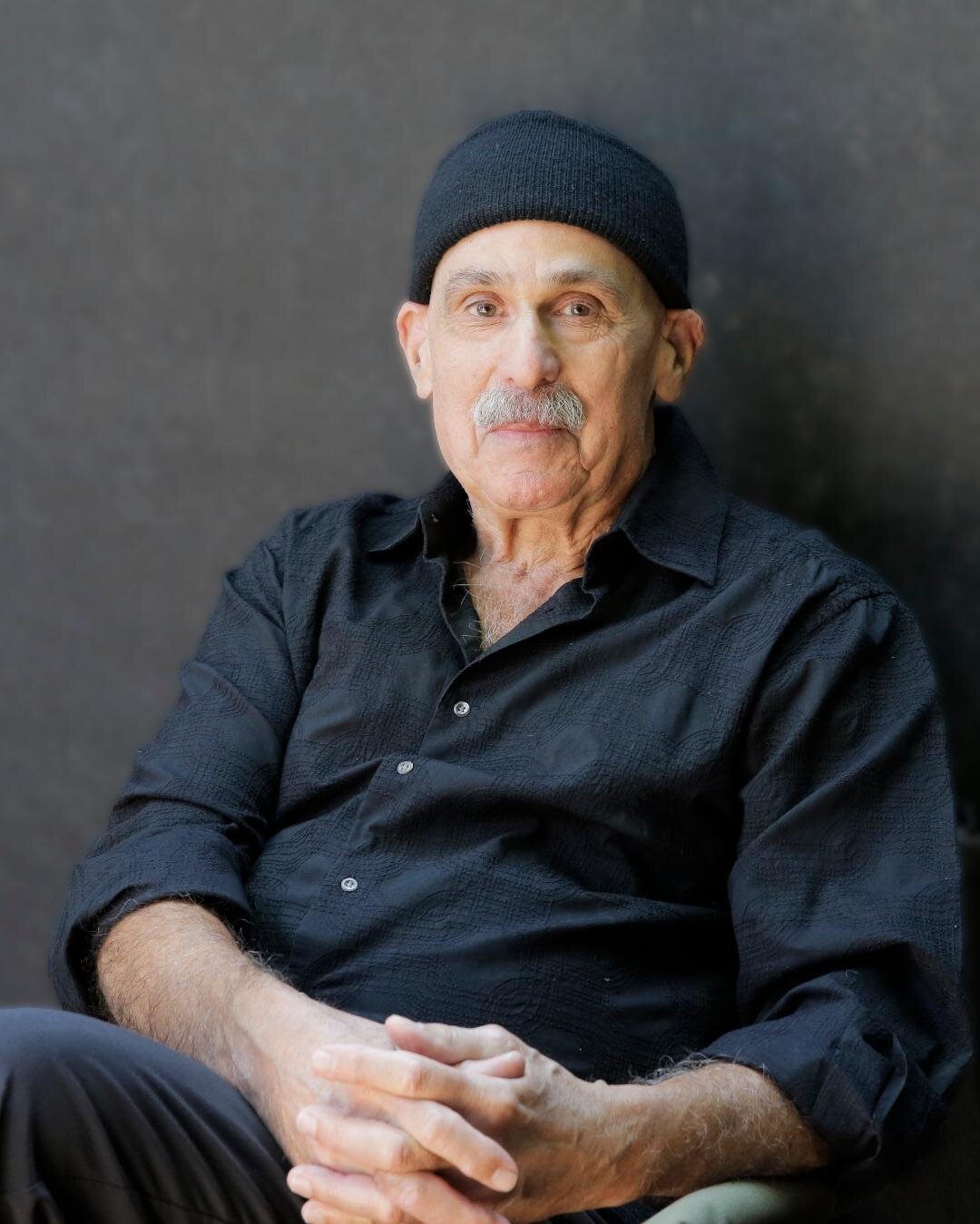The Maui Observer

An Interview with R. Kikuo Johnson
If you are from a place, you know its reality: and it is a long journey from that reality to the package sold to visitors by your local tourism authority.
It’s not that your local vacation whisperers are evil, or hypocrites, they just want to get folks here to the islands, in our case, and give them a happy time. Tourists come to Hawai‘i from all over the world, okay mainly the continental United States and Japan, having dreamed the dream and somehow saved the cash. Most of our tourists have dreamed of, and achieve, a certain specific moment or two; like standing in the blue Hawaiian moonlight which is reflecting off the sea and the coconut leaves, or holding a free Mai Tai in one sunburnt hand while trying to take a photograph of Diamond Head with the other on a swiftly moving catamaran rocking its way toward the sunset.
If you are from a place, you get those moments too. Making it at last to the waterfall after 40 minutes of slipping over mossy rocks or closing your eyes to breathe in the scent of two thousand flower lei in an auditorium at your niece’s graduation, or tossing a half-eaten guava over your shoulder while picking another and feeling ultra-rich.
The path to the joy of a place is always open. All you have to do is keep your eyes on nature, on family, on those best things in life that are free. You just have to think long term while catching joy as it flies in the present. You just focus on the good things. You have to ... you have to avoid the bad things. You have to avoid stepping off the path to make enough money to pay for the roof over your head and the groceries and what not. You have to avoid believing that there is a drug that can make you work harder faster longer. (But that kills you in the end.) You have to not question, no actually ignore the pain that comes with seeing the day to day reality of modern life for those who struggle.
© R. Kikuo Johnson 2023.
R. Kikuo Johnson sees both realities. The tensions created by and between imperfect people in an imperfect society are the closely observed subjects of cartoonist, illustrator, and graphic novelist Johnson, Maui boy and New Yorker, who has become very visible in the islands and way way beyond in recent months because of an award from the Whiting Foundation, given each year to ten emerging writers. The award, which carries a large grant, is awarded to writers put forward by a selection process itself funded by a foundation whose purpose is to foster talent. Winners of the previous 37 years of awards are stars in the literary sky: Seamus Heaney, Jeffrey Eugenides, Jody Gladding, Colson Whitehead. There are fiction, nonfiction, drama and poetry writers, and now, for the first time, a graphic novelist.
Johnson’s first book, Night Fisher, is a bleak masterpiece of a visit to the final high school year of Loren Foster, an intelligent but easily led young man at a private Maui high school. On its first publication it won the coveted Will Eisner award, the Oscar of the graphic world. His second, The Shark King, is a first reader book for children, which won the Asian/Pacific Award for children’s literature in the year it was published. Unlike the other two books, it is printed in full color.
The third book, No One Else, brought Johnson the Whiting award. In No One Else, we swoop into and out of the life of a kid called Brandon, who lives with his distracted mama who must give all her time to financially supporting her son and her elderly father. But Johnson doesn’t miss the joys of living: see him appreciate the beauty of a Maui day. And happily, visual jokes (a hat twirling in the wind, the blessing of a cat with Cheeto dust) are scattered over the whole body of work as light moments that allow for comic relief.
Johnsons’ induction into the world of Whiting winners makes sense when you read and study the pages of his books. To be able to convey motion, not to mention emotion, across a paneled page is a kind of magic. Readers of comics and graphic novels travel from frame to frame with a kind of imaginative parkour. The magic happens when the artist tells their story in such a way that the reader will follow the artist’s leaps, but confident in the storyline, will not fall.
© R. Kikuo Johnson 2023.
Patricia Salisbury Godfrey
Thank you so much for taking the time to talk to us. You know what it’s like here in the islands—if anyone from here does good, everyone is very proud. Congratulations!
Now that the Whiting Foundation has found you and given you the freedom to work for a time without distraction, you have gained the attention of a wider audience. You have won other awards over the years, notably the LA Times book award for No One Else, and the American Society of Magazine Editors Best Cover award—twice.
Your work is sought after. The New Yorker has featured your art as its cover many times, there are other covers, too, and article illustrations for The New Yorker and other magazines. Each illustration has your signature energetic, athletic vibe.
Looking at your two adult novels, they are about the islands, set in the islands, but also carry a sympathetic universality in the stories and a nonjudgmental empathy toward the characters. There is a tension in much of your work, both in your New Yorker covers and your novels. In one of the covers, an Asian mama waits for a train with her little one, in the palpable atmosphere of recent anti-Asian hate crimes in that city. Being hapa in Hawai‘i is a good thing to be. You are considered local, and therefore less of a racial target. How is the atmosphere in the U.S. continent different for you? Have you ever felt you would write something about this?
R. Kikuo Johnson
I remember the first time I learned that most people saw me as “Asian” in New York. I had just graduated college, and I was sanding drywall compound in my apartment. When I walked out onto the street covered head to toe in white dust, a passerby joked, “it’s okay to be Asian, bro.” We had a good laugh, but it had never really occurred to me before that moment that I looked “Asian.” Growing up hapa in Hawai‘i in the ‘80s and ‘90s, my racial presentation wasn’t something I thought much about.
I’ve spent 20 years learning about the ways race and ethnicity are perceived in NYC, but I don’t feel much closer to grasping it all. Those lessons have made me realize that perceptions of ethnicity are just as nuanced in Hawai‘i. The persistence of a term like “Kotonk,” for example, demonstrates cultural distinctions that are probably invisible to many people who aren’t from Hawai‘i. [Kotonk is a local to Hawai‘i term for a person of Japanese ancestry who was raised in the continental United States as opposed to in Hawai‘i. —P.G.]
Someday, I’ll write about life in New York, but up until now, I’ve been happier to escape the city and return home to Hawai‘i through my writing.
Patricia
In another cover, a family unpacks their car on their way to the lake, with the dad holding a paddle as if it were a weapon, his face reflecting vigilance. All three of your novels feature people under pressure. All three books deal with a missing parent. Nanaue in The Shark King has a dad for a while, who returns to his true home and only returns when he sees that his son must also return to his true nature, leaving his mama behind.
Brandon’s dad in No One Else doesn’t even come into the story, although his uncle and extended family try their hit-or-miss best with him, nor does Loren Foster’s mother in Night Fisher. In these two books the remaining parent is stressed and distracted. An aching independence grows from Brandon and Loren’s experience. To see these situations in the pages of your books will have a cathartic effect on young people who may be going through their lives in similar circumstances. Did you perhaps choose to write these stories for this reason?
R. Kikuo
Orphan narratives from Oliver Twist to Little Orphan Annie were such a common trope of children’s literature, historically. It makes sense from a dramatic perspective: at the heart of every coming of age story is a young person forced to make a difficult decision on their own. Beyond that narrative potential, the choice to have many absent parents in my stories wasn’t a conscious decision. It might be that absent parents were a feature of my generation. I hit the jackpot with my parents—they’re both amazing, but like most parents of Generation X, they worked a lot, and I spent a lot of my time as a child and as a teenager left to my own devices. I feel very fortunate for having that time to myself—I spent a lot of it drawing.
© R. Kikuo Johnson 2023.
Patricia
Your own illustrations, displaying your ability to express so much with such economy of line, might remind readers of the graphic novels of Hergé, which star Tintin, the graphic world’s most famous fictional teenager. As was the case with Hergé, more often than not the work of creating the comic or graphic novel is shared. There will be a writer, an artist, a letterer and a colorist behind many books. But your books—as in that rare example, Calvin and Hobbes, whose creator, Bill Watterson, has been heard to say that he is proud that every line and letter of the long running comic strip series came from his own hand—are the work of yourself alone. Every panel in each of your books is a work of art in itself. Creating a graphic novel, as you both write and illustrate your books, speaks to an intense self-motivation. What took you there?
R. Kikuo
For me, there’s nothing more creatively fulfilling than making comics. As R. Crumb would say, “it’s just lines on paper,” and yet, it’s magic when a sentence and an image combine to suggest a new meaning. It’s a thrill when you juxtapose two drawings in a way that seems to animate them. At some point while working on a page of comics or a graphic novel, the whole project begins to feel to me like a complex machine where every line is a tiny cog driving the story forward and breathing life into scribbles. The process is such a joy, and the barriers to entry are so low, I often wonder why MORE people don’t make comics.
Patricia
How close do you keep to Hawai‘i news and politics? How about the art scene?
R. Kikuo
I mostly follow news from Maui and the stories that are impacting my friends and family there. Some of them lost homes and businesses in the Lahaina fire, but all them were safe, thankfully. As a kid, I spent a lot of time with my grandma who lived on the south side of Lahaina and went to church on north side. Her home, her church, and almost everything in between is gone now. What’s next for Lahaina is something I’ve been following closely and thinking about a lot.
I always visit local galleries on Maui when I’m home, but I’m not on O‘ahu often enough to closely follow all that’s happening there.
Patricia
How do you see yourself in the larger world of graphic novels? Have you favorites in the graphic storytelling world?
R. Kikuo
As a cartoonist, when I think about the world of graphic novels, I mostly think about the kinds of graphic novels that I would like to read but aren’t being produced. I love reading comics, and my favorites are always changing. For the last few years, Charles Schulz has been a huge inspiration. He can make me both laugh and cry with just 4 panels. Chester Brown is a Canadian cartoonist that I often return to. His approach to cartooning is both emotionally detached and incredibly direct in a way that is striking in contrast to the long history of slapstick and hyperbole in comics.
© R. Kikuo Johnson 2023.
Patricia
Graphics are an intense occupation! What do you do to relax?
R. Kikuo
Many of my favorite vacations have involved a backpacking in national parks. On Maui, you never have to go far to experience awe in nature, but in New York City, where the landscape is ergonomic and cement, it’s good to plan those experiences.
Patricia
The big question I would like to ask: Both Night Fisher and No One Else were issued in 2021, Night Fisher as a reissue. Considering the time and effort each of these took: Can we expect another novel anytime soon?
R. Kikuo
That you’ll have to wait and see. Thanks for asking.
Night Fisher and No One Else by R. Kikuo Johnson are published by Fantagraphics Books, Seattle, Washington. The Shark King by R. Kikuo Johnson is published by Toon Books, New York, New York.
Banner image and author image courtesy of R. Kikuo Johnson.
Patricia Salisbury Godfrey has been writing all her life. Her last story for THROB was “The Inheritance: How Arthur C. Clarke and Soylent Green Led to Pia Valley Becoming a Nature Reserve.” A collection of letters written from Honolulu by her great-great-great grandmother, She Did What She Could (working title), is nearing publication. Godfrey lives in Honolulu.









